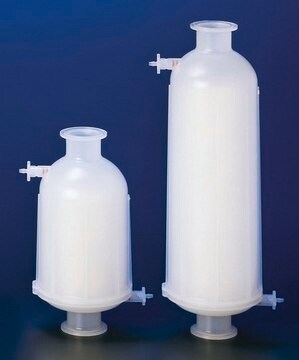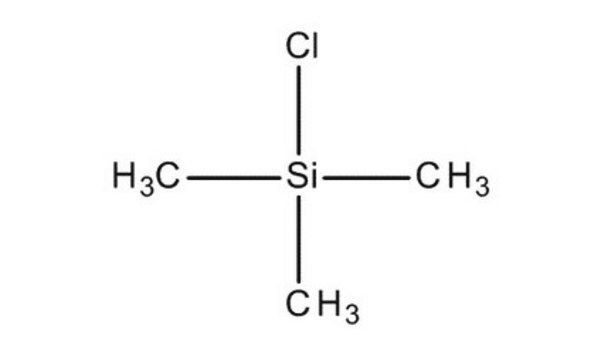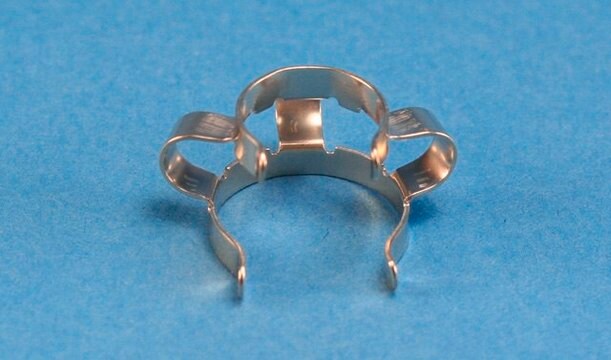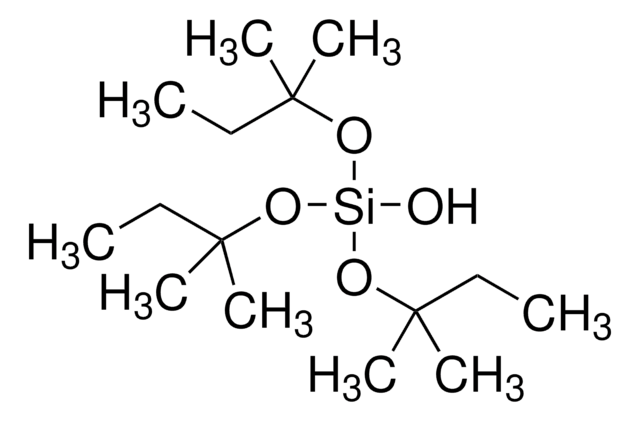Key Documents
384410
Chlorotrimethylsilane solution
1.0 M in THF
Synonim(y):
Trimethylchlorosilane
About This Item
Polecane produkty
Postać
liquid
stężenie
1.0 M in THF
gęstość
0.88 g/mL at 25 °C
ciąg SMILES
C[Si](C)(C)Cl
InChI
1S/C3H9ClSi/c1-5(2,3)4/h1-3H3
Klucz InChI
IJOOHPMOJXWVHK-UHFFFAOYSA-N
Szukasz podobnych produktów? Odwiedź Przewodnik dotyczący porównywania produktów
Powiązane kategorie
Opis ogólny
Zastosowanie
- To synthesize allenylsilane via carbolithiation of conjugated enynes with aryllithium.
- In the reductive coupling of aldehydes and ketones to produce corresponding 1,2 diols in the presence of zirconocene dichloride and magnesium.
- To prepare 4,4′-bis(trimethylsilyl)bicyclohexyl-2,2′-diene from 1,3-cyclohexadiene by reductive disilylation reaction.
Hasło ostrzegawcze
Danger
Zwroty wskazujące rodzaj zagrożenia
Zwroty wskazujące środki ostrożności
Klasyfikacja zagrożeń
Acute Tox. 4 Oral - Carc. 2 - Flam. Liq. 2 - Skin Corr. 1A - STOT SE 3
Organy docelowe
Respiratory system
Zagrożenia dodatkowe
Kod klasy składowania
3 - Flammable liquids
Klasa zagrożenia wodnego (WGK)
WGK 1
Temperatura zapłonu (°F)
-4.0 °F - closed cup
Temperatura zapłonu (°C)
-20 °C - closed cup
Środki ochrony indywidualnej
Faceshields, Gloves, Goggles, type ABEK (EN14387) respirator filter
Wybierz jedną z najnowszych wersji:
Masz już ten produkt?
Dokumenty związane z niedawno zakupionymi produktami zostały zamieszczone w Bibliotece dokumentów.
Klienci oglądali również te produkty
Nasz zespół naukowców ma doświadczenie we wszystkich obszarach badań, w tym w naukach przyrodniczych, materiałoznawstwie, syntezie chemicznej, chromatografii, analityce i wielu innych dziedzinach.
Skontaktuj się z zespołem ds. pomocy technicznej












